
Thanks again for visiting the War Tribe Gear blog!
Today we’re talking leg locks for Brazilian Jiu-Jitu (BJJ) and nogi submission grappling. Our goal here is just to share a little bit of information about what they are, their history in the sport, the different types of myths surrounding their use, and also give you all some additional resources to study and look at in your own journey ahead in the sport.
While this is certainly not an end-all, be-all about leg locks with a LOT more to learn down the road, we hope this will help you get started down the right path. Likewise, if you have any other useful info or criticisms, please share them in the comments section so we can cover your points in more detail down the road!
Enjoy!
Background information on leg locks
“A leg lock is a joint lock that is directed at joints of the leg such as the ankle, knee or hip joint. A leg lock which is directed at joints in the foot is sometimes referred to as a foot lock and a lock at the hip as a hip lock.”
In terms of their history in grappling, leg attacks have been utilized by BJJ practitioners for years but they’re also heavily featured in other grappling arts as well, including Sambo, Catch Wrestling, Lucha Libre and more. They’ve also been used heavily in Mixed Martial Arts (MMA) with some fighters such as Masakazu Imanari and Rousimar Palhares (both BJJ black belts) considered highly dangerous for their proficiency with attacking leg locks.
Subsequently, leg locks are banned in Judo competition. And since much of BJJ is rooted in old Judo, that culture may have lent itself to the old school thinking of leg locks as taboo in BJJ.
Why you should train leg locks for BJJ
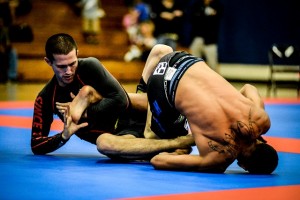 Leg locks have been around Brazilian Jiu-Jitsu (BJJ) for a very long time and yet they’re still stigmatized by some players as a minimal part of the game or something only higher belt level practitioners should do. In some circles leg locks are even considered “dirty” or “dangerous.” In short, they’re very much oftentimes taboo and yet there’s that other side of the coin that irrefutably makes them a part of the sport. And if you want to be good at all aspects of the sport, then you should definitely (at the very least) expose yourself to them.
Leg locks have been around Brazilian Jiu-Jitsu (BJJ) for a very long time and yet they’re still stigmatized by some players as a minimal part of the game or something only higher belt level practitioners should do. In some circles leg locks are even considered “dirty” or “dangerous.” In short, they’re very much oftentimes taboo and yet there’s that other side of the coin that irrefutably makes them a part of the sport. And if you want to be good at all aspects of the sport, then you should definitely (at the very least) expose yourself to them.
Types of leg locks used in Brazilian Jiu-Jitsu
As any experienced competitor and especially those that compete in top level competitions such as ADCC (Submission Wrestling World Championship) can tell you, proficiency in leg locks is essential at the top level. Not that you need to be a leg lock specialist and make that the primary part of your game or anything, but even if you don’t then you still need to be familiar enough to defend them.
Some of the types of leg locks you might deal with in your Jiu-Jitsu career include: kneebars, ankle locks, toe holds, heel hooks, muscle compressions, and a variety of other techniques.
Breaking down myths as they relate to leg locks in BJJ
 Leg locks are dangerous – How does one define dangerous? Leg locks are as dangerous as armbars, chokes, and any other submission in BJJ. After all, applying any submission with enough force to get an opponent to tap requires you to at least put the threat of serious pain on somebody. However, like knowing when to release an armbar or when to tap to a choke, leg locks also need to be applied with a certain level or personality responsibility. Any submission done wrongly is doing a disservice to both you and your training partner but doing things right makes both parties better. As long as you are accountable and stay in control then you can mitigate your risk of injury from training BJJ – this includes training with leg locks.
Leg locks are dangerous – How does one define dangerous? Leg locks are as dangerous as armbars, chokes, and any other submission in BJJ. After all, applying any submission with enough force to get an opponent to tap requires you to at least put the threat of serious pain on somebody. However, like knowing when to release an armbar or when to tap to a choke, leg locks also need to be applied with a certain level or personality responsibility. Any submission done wrongly is doing a disservice to both you and your training partner but doing things right makes both parties better. As long as you are accountable and stay in control then you can mitigate your risk of injury from training BJJ – this includes training with leg locks.
Training leg locks will weaken other parts of your game (e.g. guard passing) – There’s a myth that focusing on leg locks can make you lose sight of other important aspects of BJJ – namely passing the guard. Well, yeah it’s true that if you focus on dropping back for the ankle every time then you might not be focusing on passing. Moreover, if your ankle lock (or toe hold or whatever you’re going for) isn’t very good yet, then you’ll definitely lose position or might even get your own leg attacked. However, if you drill them and place appropriate value on training the rest of your skills, then you’’ ultimately get better overall. Not only will your opponents and training partners have to worry about your guard pass, they’ll have to respect your leg attacks too. Even better yet, you’ll also get better about defending and scrambling when others go for your legs as well. More weapons in your tool box is always a valuable thing provided you’ve paid the time to improve and tighten the. Drilling and familiarity will make your overall technique better, not worse.
 You shouldn’t do leg locks until you’re a higher belt – You could be a brown or black belt but if you only start training your leg locks at that time, then chances are your leg locks won’t be at the same level. There are plenty of brown belts in the world with a white belt level leg lock game. A good rule of thumb here at minimum is to start drilling and exposing yourself to whatever techniques are available at your level. If blue belts can do straight ankle locks in a specific tournament (e.g. IBJJF) then perhaps you should learn how to both do and defend that technique. The same goes for kneebars, toe holds, etc. and even wrist locks for that matter. As with the last point, the more you expose yourself to these techniques, the better you should be.
You shouldn’t do leg locks until you’re a higher belt – You could be a brown or black belt but if you only start training your leg locks at that time, then chances are your leg locks won’t be at the same level. There are plenty of brown belts in the world with a white belt level leg lock game. A good rule of thumb here at minimum is to start drilling and exposing yourself to whatever techniques are available at your level. If blue belts can do straight ankle locks in a specific tournament (e.g. IBJJF) then perhaps you should learn how to both do and defend that technique. The same goes for kneebars, toe holds, etc. and even wrist locks for that matter. As with the last point, the more you expose yourself to these techniques, the better you should be.
Leg locks are “dirty” or “low class” submissions – What does it even mean for something to be a dirty submission? The point of all submissions whether it be an arm, neck or leg is to force somebody to tap. On the other side of the coin, as a practitioner you have to recognize when to tap in time. If your arm is extended, then tap. Same goes for the knee or ankle. If you feel the pain, then tap. Now if you’re new to leg locks, then drill them with somebody that’s knowledgeable and responsible so you can learn how to be the same when it’s your turn to roll with someone else that’s unfamiliar, especially when it comes to moves like heel hooks where you DO have to be knowledgeable to both apply them right and also know the point of where to let go or tap. Then when you compete you can go for whatever is legal for your division just like you worked on in training. Either way these moves aren’t any dirtier than any others in BJJ. You have to respect ALL submissions and their capacity to be dangerous. Train right and don’t try to intentionally hurt people and you should be fine.
Some leg lock specialists to study if you’re interested
 If you’d like to see some amazing competitors in action winning with leg locks or teaching them, here are a few people you may want to take a look at for starters:
If you’d like to see some amazing competitors in action winning with leg locks or teaching them, here are a few people you may want to take a look at for starters:
Gokor Chivichyan – One of the primary mentors for UFC champion Ronda Rousey, Gokor Chivichyan is a 9th Degree Black Belt In Judo that has also held titles in sambo and wrestling. He’s also trained no-gi submission grappling under Gene LeBell and is one of the most notable instructors to have ever lived. Gokor is also known as a leg lock specialist and put out products like the Leglock Encylopedia that could be an excellent resource to draw from.
Erik Paulson – One of the first Americans to win the World Light-Heavy Weight Shooto Title in Japan, Erik Paulson has a base in judo and BJJ but has also trained with a who’s who of prominent instructors in his over 30 years in martial arts. Like Gokor, he too has put out his own instructional, entitled Killer Leglocks.
Dean Lister – One of the more prominent grapplers in recent years, “The Boogeyman” has gained a reputation for his use of leg locks in competitions such as the ADCC – where he won the ADCC Absolute Division championship in 2003. He’s submitted a who’s who of opponents including João Assis and Rodolfo Vieira, both by heel hook. Aside from his offensive acumen, he’s also shown to be near impossible to submit with them as well, as seen in his Metamoris 1 match versus Xande Ribeiro.
Masakazu Imanari – A BJJ black belt and MMA veteran of DEEP, ZST, and Pride FC in Japan, “Ashikan Judan” Masakazu Imanari gained notoriety for his MMA wins via leg lock (mainly the heel hook) in Japan. Find some of his matches online. They’re worth a look.
Rousimar Palhares – Perhaps no other in the era of modern MMA has there ever been a fighter as famous (…or infamous) as “Toquinho” when it comes to the application of leg locks in a fight. Most of his opponents know that his heel hook is his primary weapon and yet they still get caught in it more often than not. Subsequently Palhares also serves as a cautionary tale for the danger of leg locks as he was unceremoniously cut from the UFC for holding on to his leg locks too long, drawing criticism that he intentionally tries to go out and hurt his opponents.
Roli Delgado – Based out of Little Rock, Arkansas, Delgado first became known as a fighter ans cast member on season 8 of The Ultimate Fighter but he’s gone back to his BJJ roots since then and has developed a reputation for someone that is very astute on teaching leg locks. He’s also developed an app entitled Legal Leg Locks for BJJ that specifically talks about the straight ankle log and other leg attacks specifically aimed at competitors of the IBJJF competition circuit.
Brandon Quick – A resident of Dallas, TX, is another progressive player with an extensive channel on YouTube that covers plenty of leg attacks including techniques like the Imanari Roll Heel Hook, leg locks from 50/50, and a myriad of other techniques.
Parting Gifts
We’ll be back with more information on leg locks and more regularly here on the War Tribe Gear blog but check out these vids for now before you go!
Anderson Silva loses to Ryo Chonan by Flying Scissor Heel Hook
Daniel Faggella breaks down the Imanari Flying Leg Lock
47 Leg Lock Techniques In Just 4 Minutes from Jason Scully
The 3 Fanciest Leglocks That Actually Work from Stephan Kesting
4 Nasty Leg-Attacks You´ve Never Seen Before from Dean Lister

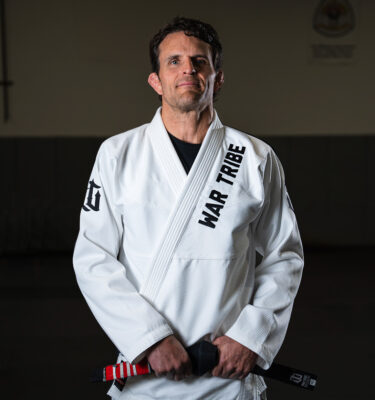
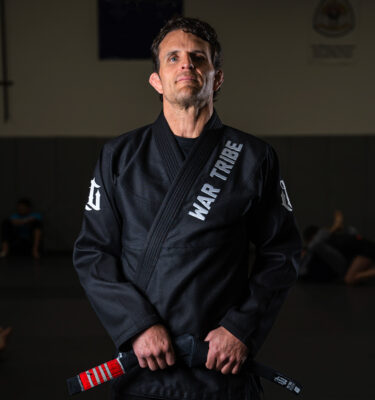
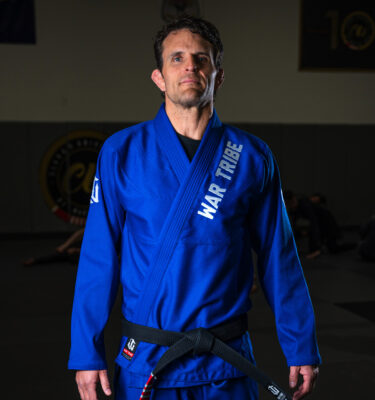
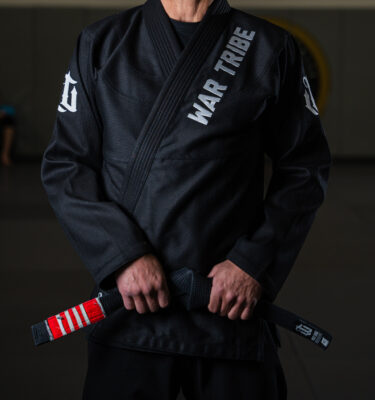
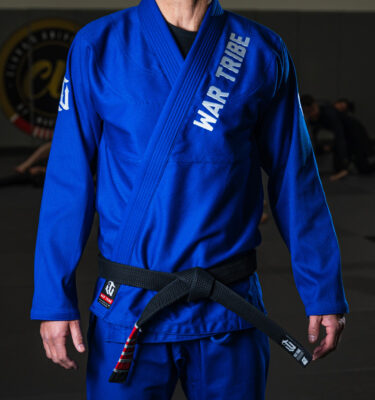

The article is very informative regarding the correct ways and techniques for leg lock, correct information must be known about such forms or it might cause injuries if not practiced correctly.